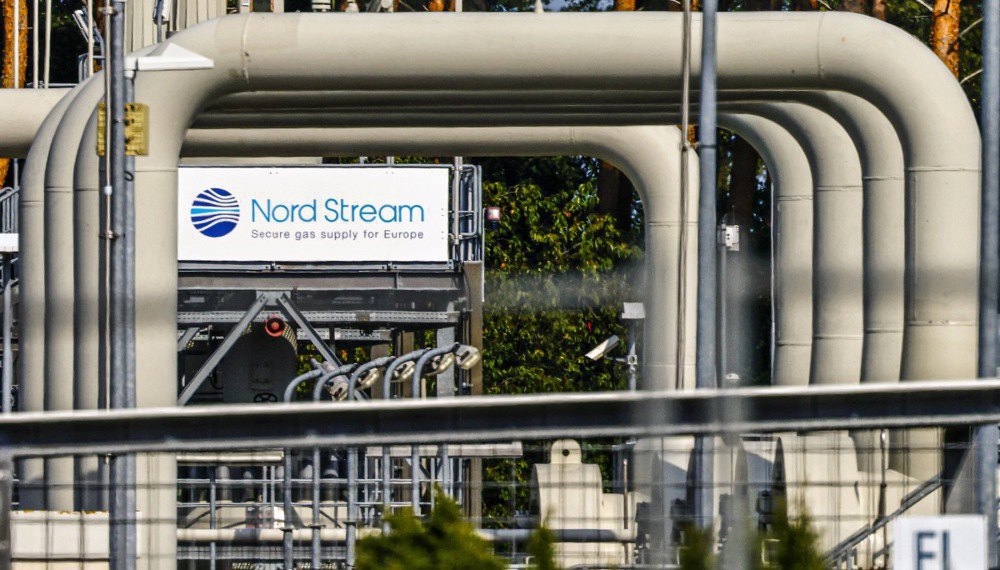
Moscow is ready to trade, the US is ready to help
The main lobbyist for the resumption of Nord Stream is, of course, Russia itself. The Kremlin is already openly trying to bring this issue into the negotiation process with the United States. Through the mediation of the White House, Moscow wants to reach an agreement with American investors who should be involved in the restart of the pipeline. Moreover, US businessmen would actually become lobbyists for Russian interests.
On the one hand, the Kremlin's idea is surprisingly primitive: to offer the United States profitable cooperation - to make money together on the EU countries. In other words, American investors would not just be involved in the restart of the pipeline, but would also become de facto resellers of Russian gas to the EU.
On the other hand, Russia is acting cunningly to satisfy Donald Trump's political interest in making money from everyone and everything. At the same time, Moscow is creating an opportunity for the EU to buy Russian gas through intermediaries. After all, it is obvious that Brussels is not ready to cooperate directly with the Kremlin.
‘Gazprom's losses are now a trillion rubles, and this is a disaster for Russia. That's why the US is being asked to become an intermediary, to buy Russian gas. In this way, it will allegedly become American gas and will be transported through the Nord Stream pipeline. This is purely Russia's initiative, because it is losing a lot of money. And Ukraine has added to its troubles by stopping transit since the beginning of the year. This means an additional UAH 11-15 billion in losses per year,’ said Ilya Neskhodovskyy, economist and head of analytical direction at ANTS.
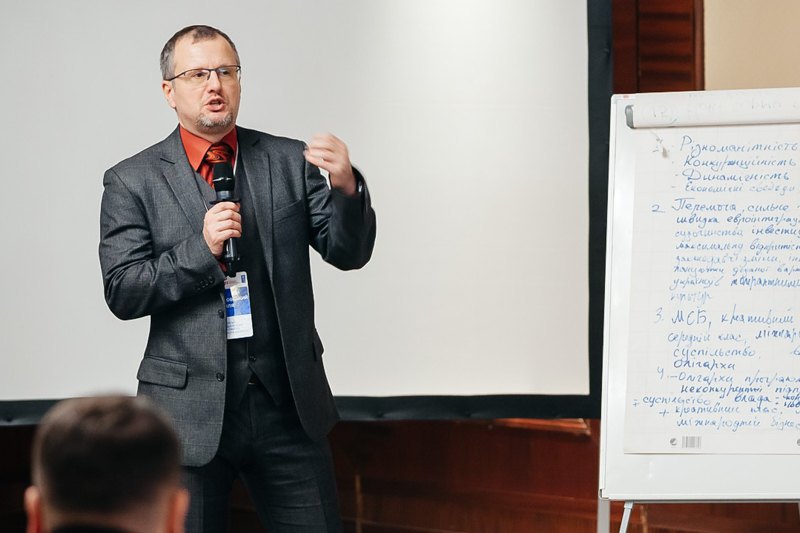
Donald Trump has not yet spoken out publicly about the idea of restarting Nord Stream. And it seems that discussions between two camps are ongoing in the White House administration.
The first, represented by Special Envoy Steve Witkoff, proposes to restore the pipeline. This should encourage Russia to agree to negotiations. The second is represented by US Secretary of State Marco Rubio, who does not want to discuss lifting sanctions against Nord Stream.
Nevertheless, the political weather in the White House is very volatile during Donald Trump's second term. Just look at the introduction of duties against the whole world, hundreds of statements about the golden age for the US, and in a few weeks the actual cancellation or freezing of all duties.
But even if Donald Trump and his entourage take such a gamble and lift the sanctions on Nord Stream, this is not enough for Russia's success.
It is not enough to allow the pipeline to operate - it is also necessary to find buyers for Russian gas in the EU, and the Kremlin has obvious problems with this.
Ukraine's position remains unchanged: not a single line of Nord Stream should be launched. The construction of this project was not driven by economic reasons, but only by the Kremlin's political whim. In this way, Russia sought to make the European Union even more dependent on it. At the same time, it wanted to supply gas to European countries, bypassing Ukraine.
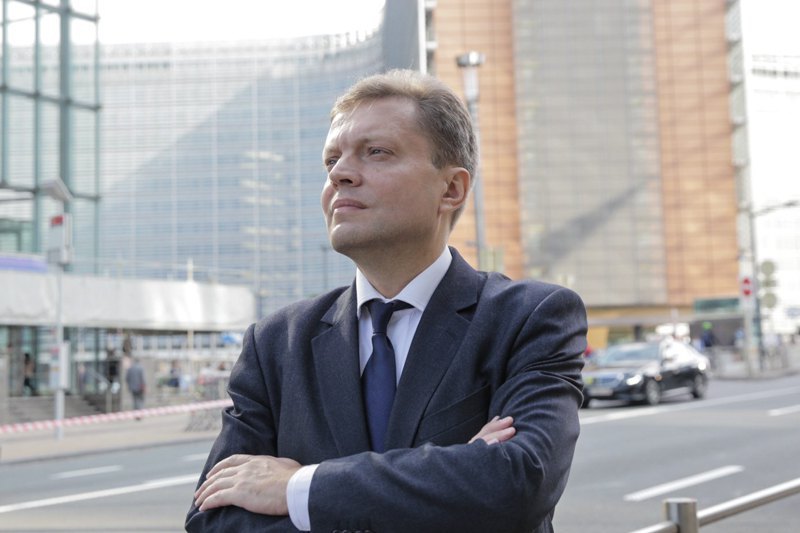
‘Now Russia wants to play on the greed of certain American politicians who came to power and were businessmen before. Moscow wants to give the Americans a part of its fields and a share of trading. Perhaps even a share of Gazprom to somehow save this leaky ship. And in return, it wants to get the lifting of sanctions, the resumption of supplies to Europe, and influence in Ukraine. But the Kremlin's appetites are not comparable to the capabilities of the United States,’ said Volodymyr Omelchenko, director of energy programmes at the Razumkov Centre.
Who needs Russian gas in the EU
The Kremlin supplies natural gas to Europe through only one route - South Stream, which consists of two branches. One goes to Turkey and the other to Europe. Last year, supplies through this pipeline increased by a quarter to more than 16 billion cubic metres, although its total capacity is twice as large.
Hungary and Slovakia remain the main buyers of Russian gas in the EU. Moreover, they buy more gas than they consume, meaning that these two countries make money on the resale of the resource. That is why Viktor Orban and Robert Fico would be happy to import even more.

The European Commission is assessing whether it can ban countries and companies from signing new contracts for the purchase of energy resources from Russia. Thus, Brussels insists on toughening sanctions against the Kremlin and ultimate independence from Russian gas and oil. In addition, the EU is now actively consulting on whether to terminate existing agreements with Moscow in order to avoid billions of dollars in penalties.
In a few weeks, the EU promises to unveil a plan for the final abandonment of Russian gas. This document should have been developed after the full-scale invasion began. But the European Commission has met with sharp opposition within the EU. First and foremost, we are talking about Hungary and Slovakia. But at the same time, the European Union has already managed to overcome its dependence on Russian gas, reducing it by almost four times.
Although in this process, the EU was rather an observer than an initiator. In 2022, Russia itself reduced gas supplies to Europe, trying to blackmail Brussels. It failed: The EU started buying more natural gas from Norway and the United States. Later, explosions occurred at Nord Stream. And since the beginning of this year, Ukraine has stopped the transit of Russian gas to the EU. Whereas until 2022, virtually every second cubic metre of gas in Europe came from Russia, this share has now fallen to 10-15% of total imports.
Germany, which used to rely almost entirely on Russian gas, has made particular progress over the past three years. The local economy grew, among other things, thanks to fuel supplies from Russia. But Berlin has made huge changes, albeit not without financial losses. In recent months, some German politicians have publicly raised the possibility of resuming pipeline gas supplies from Russia. And it's not just the openly pro-Kremlin Alternative for Germany party, which is gaining in popularity.

Thomas Barais, Michael Kretschmer and Jan Heinisch - these politicians from the CDU/CSU believe that it is possible to resume Russian gas supplies to Germany. CDU leader and future chancellor Friedrich Merz distanced himself from such statements, but his political force did not unequivocally condemn the words of his fellow party members.
And some large enterprises in East Germany are seriously making new financial plans for the coming years, taking into account the resumption of Russian gas supplies. It is also surprising that in all these conversations, Russian gas is called cheap. However, we should not forget that the technical restoration of Nord Stream will cost billions of euros.
‘And who will buy this Russian gas? The European Commission says there is no point in it. The EU has a plan to stop using Russian energy resources by 2027 and is implementing it. Yes, in Germany, there are some voices in favour of restoring Nord Stream, even in the new parliamentary coalition. They are associated with large German businesses. At one time, even Angela Merkel did not support the construction of these pipelines. But then business persuaded her to do so. However, I don't see any possibility of this scenario happening again,' said Volodymyr Omelchenko.
It is crucial for Gazprom to increase fuel supplies at least somewhere. The once profitable Russian company is suffering huge losses - in some places, it simply has to burn gas at its fields. And supplies to China, for example, cannot replace the EU market. In Europe, prices were formed naturally, while Moscow has to sell to Beijing at significant discounts. As a result, last year Gazprom's losses reached a trillion rubles. Now the company is asking for tax breaks from the Russian government.
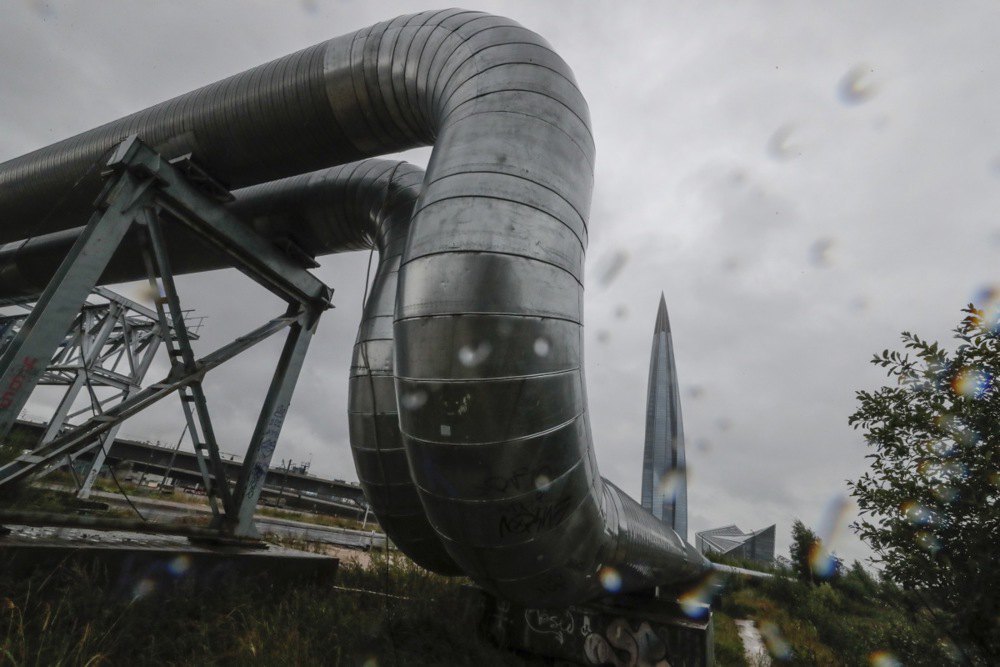
‘If Russia resumes gas supplies, it will be able to earn at least $39 billion at the installed capacity. If we deduct Gazprom's profit tax, what can this revenue be spent on? This is more than five million artillery shells, almost 105,000 Shahed drones, and 1,711 Iskander M missiles,’ said Svitlana Romanko, executive director of the Razom We Stand movement.
According to the Razom We Stand study, if the three main supply routes (Nord Stream 2 and Yamal pipelines, as well as transit through Ukraine) are restored, Russia will be able to reach the level of gas supplies to the EU in 2021. That is, we can talk about more than 140 billion cubic metres in total.
Is it technically possible to restart Nord Stream?
In September 2022, two branches of the pipeline in the Baltic Sea were sabotaged. One branch of Nord Stream was damaged, while the other, with a capacity of more than 27 bcm, remained in relatively good working order. The total capacity of the pipeline is 55 billion cubic metres per year.
‘Nord Stream 1 was the most powerful route for Russian gas supplies to Germany, operating from 2011 to 2022.

Nord Stream 2 was completed in 2021 at a cost of over $10 billion. However, the pipeline never started working because it was never actually put into operation. The key obstacle was US sanctions. According to Razumkov Centre experts, it will take at least a year and a half to restart the pipeline.
‘If we are talking about the surviving line, i.e. Nord Stream 2, I agree that it is possible to launch it. This pipe has never worked, but it is technically ready for operation. They will decommission the Slavianska gas compressor station on the coast, which pushes gas through the pipeline. Then they will check the equipment. As for Nord Stream 1, everything is much more complicated and expensive,' said Mykhaylo Honchar, President of the Centre for Global Studies “Strategy XXI”.
It is not known for certain what the technical condition of Nord Stream 1 is. Since the EU has decided to refuse Russian gas, the nature of the damage to the pipe has only been studied as part of law enforcement investigations. That is, at the very least, it is necessary to understand the situation with the filling of the pipeline with water. Dozens of other technical examinations will have to be carried out. Only then will it become clear whether there is any commercial interest in this project.
‘It could take more than a year and a good billion euros. But in both cases, a fundamental political decision must be made. The previous government imposed sanctions on Nord Stream after Russia's invasion of Ukraine, and the question is whether the new chancellor will lift them. There is nothing to suggest that the approach to Russia will change,' added Honchar.

The American gas tripwire
The European Commission will try to add a ban on the purchase of Russian liquefied natural gas to the 17th sanctions package. However, it is unclear whether this step will be successful. This issue has met with considerable resistance in the EU. And it's not just Hungary or Slovakia.
Imports of Russian liquefied natural gas to the EU have more than doubled since 2022. For example, in March, the EU countries bought almost 6.5 million tonnes of fuel from Russia, which is 70% of Russian exports.
Liquefied natural gas is not the main source of revenue for the Russian budget, but it still brings in significant revenues - about €1 billion a month. France, Hungary, Belgium and Slovakia are the largest importers of the fuel. Supplies to Germany are also growing, by about 20% last year.
‘’Liquefied gas is supplied from sources that are exempt from taxation in Russia. They do not directly fill the budget, only through payroll or profit taxes. Mostly the companies themselves enrich themselves, but there are also state-owned ones. And very often, 51% of these companies are Chinese or French. That is why the French, for example, are interested in buying in Russia. In fact, this is how they justify themselves, saying that we are not filling the Russian budget,’ said Ilya Neskhodovsky.
Some European leaders fear that a sharp refusal to buy Russian liquefied natural gas could trigger a price increase. Far-right parties, which are mostly friendly to Moscow, will take advantage of this. There are already many examples of this: the significant rise in popularity of the Alternative for Germany and the National Front in France, as well as the leadership of right-wing candidates in the Romanian presidential election.
American liquefied natural gas could be an alternative to Russian gas. However, Donald Trump and his administration are doing everything they can to appear unreliable and unpredictable partners. Last year, gas imports from the US to the EU accounted for 17% of the total.
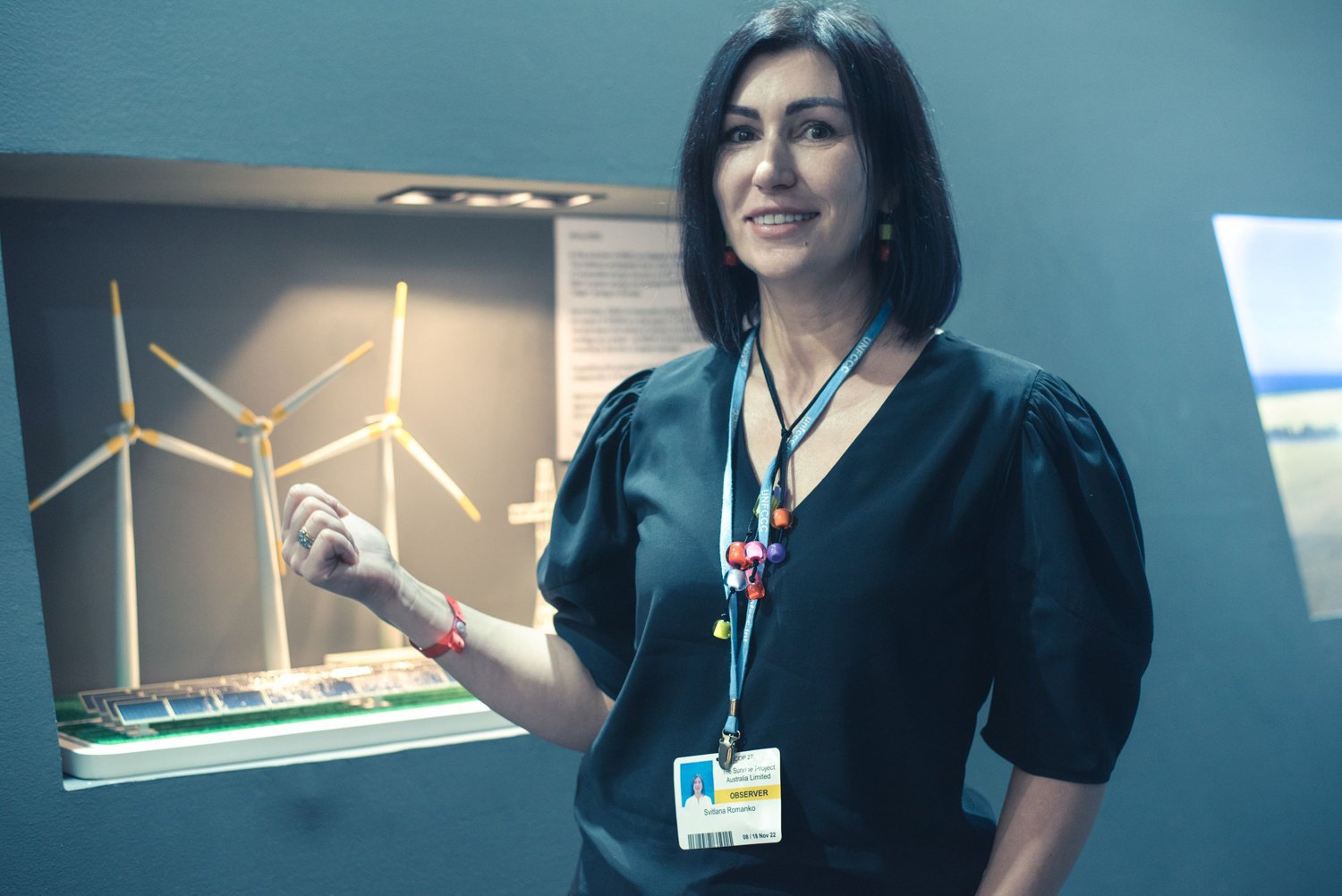
‘There are now ultimatums that Europe must buy $350 billion worth of US gas. And there are big questions about what Europeans should do with this. After all, this far exceeds Europe's current, and especially future, needs. According to various studies, gas consumption on the continent will decline significantly by 2027. And one more thing - it was Germany that blocked the ban on Russian liquefied natural gas in the latest sanctions list. They were afraid of rising prices and shortages during the election period,’ says Svitlana Romanko.
Ukraine's interest is to deprive Russia of oil and gas revenues. And it seems that these goals are in line with Brussels' plans, at least, although the process is still moving slowly. The European Commission is trying to find an alternative to supplies from Russia by establishing contacts, for example, with Qatar. At the same time, it is losing its once reliable partner, the United States.








